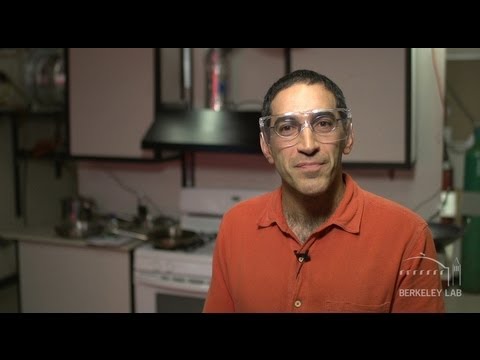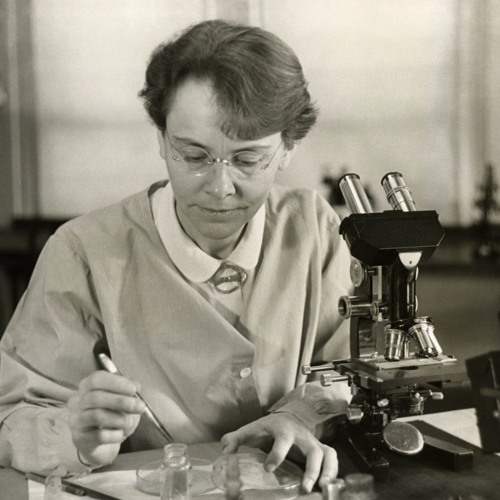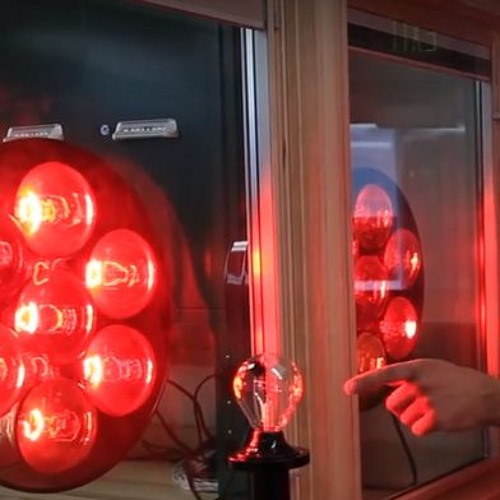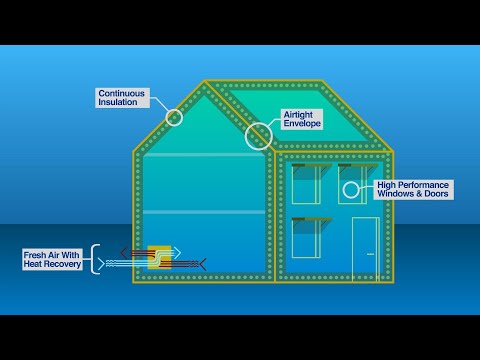Smart windows can control how much heat and light is let through the glass through plasma physics and nanotechnology
Multidisciplinary teams at our national labs are working together to make buildings more efficient and comfortable. This video from Lawrence Berkeley National Lab outlines the scope of the Smart Windows project.
Transcript of video:
Delia Milliron, Deputy Director, Molecular Foundry
Smart windows are able to dynamically control the amount of heat and light from the sun that enters a building. This is useful to improve comfort for building occupants and also save energy that's used for thermal control and for artificial lighting.
Howdy Goudy, Lab Scientist, Buildings Energy Efficiency Program:
Currently, energy loss through windows represents 4% - 5% of the total energy consumption and that's 50 billion dollars in energy costs annually. Smart windows have the potential to dramatically reduce this energy use associated with windows by adjusting to the optimal properties under all environmental conditions.
We've been developing a new kind of window coating. And these coatings are based on nanocrystals, which are particles that are able to control the transmission of light and heat from the sun independently. But at the same time, the particles are so small that when they're spread across the window pane, they're invisible to your eye.
So the window continues to look clear, where you can apply a small voltage to control heat, or alternatively light, into the building.
Andre Anders, Senior Scientist, Accelerator, and Fusion Research Division:
So in my laboratory we are developing plasma technologies in order to have ways to lay down thin films needed for smart windows with the lowest cost possible.
Plasma physics is the kind of science wherre we take material, typically from a solid phase, and we melt it and then put it in the gas phase, and we keep heating until we have about 50,000 degrees.
As the material is in this high temperature state, it has new properties that allows us to make thin films out of the plasma, on a substrate, and we have the opportunitiy to control the properties of the thin film.
That's important for a number of applications, such as smart windows.
Howdy:
Our group at Berkeley Lab focuses on window energy use and performance. We have a lot of tools to study how windows perform using real weather and laboratory test conditions.
Delia:
Berkeley Lab provides an amazing environment for this kind of research. We were really able to benefit from interactions across divisions incorporating scientists from diverse backgrounds.
Our work was inspired by scientists who know windows and building efficiency technologies through and through, by people who know how to deposit materials through novel techniques, and by those who know how to characterize and test the characteristics of window coatings that really matter for their impact on technology.
In this dynamic teamwork, we're able to make much faster progress towards meaningful technology goal that could have a big impact in society.
—Thanks to LBNL for doing great work and making good videos for us to share. Produced, directed, and edited by Ivan Berry, camera and production assistance by Cutler Andrus, writing and content development by Paul Press











